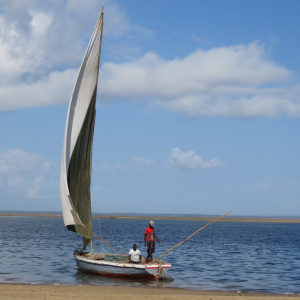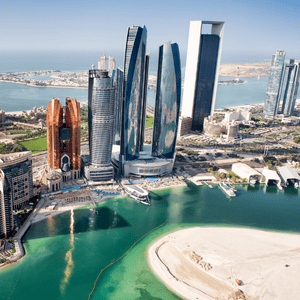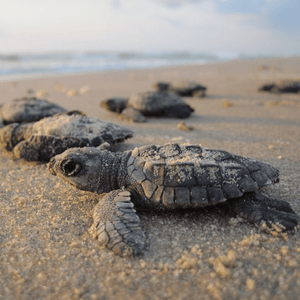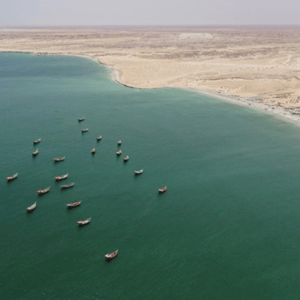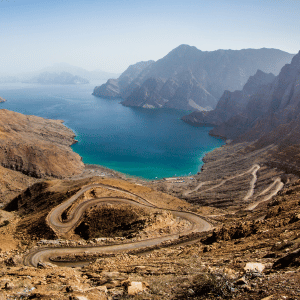Indian Ocean Mozambique Channel
The Mozambique Channel (or Mozambique Channel) is an arm of the Indian Ocean separating the island of Madagascar from the rest of Africa, and specifically from Mozambique. The channel is about 1,700 km long, 419 km wide at its narrowest point and reaches a depth of 4,300 m1 at its deepest point, located in the south of the strait and about 360 km to the west. -south-west of the coasts closest to Madagascar. It is traversed by a temperate current directed towards the south which joins the Agulhas current to the east of the South African coast. The Mozambique channel was created millions of years ago when the supercontinent of Gondwana drifted and Madagascar, previously connected with Australia, Antarctica and India, was separated from the coast of Africa. The Mozambique channel played an important role in world trade since the 11th and 12th centuries. Arab and Persian traders came to the coastal areas, bringing their faith and culture to Africa. Next were the Europeans who arrived in the late 14th century. It was Portuguese explorer Vasco De Gama who crossed the Mozambique channel while travelling to India. Later, the Portuguese established many colonies and displaced the Arab trading communities. They relied on slaves from Mozambique to work in the Portuguese plantations in Brazil and other colonies in East Asia. The channel became a critical transit point for trade connecting India, the Middle East and East Asia with Europe. However, the importance of the Mozambique channel as an important trade hub declined after the opening of the Suez Canal on 17th November 1869. The latter reduced shipping time and costs and relegated the Mozambique channel. Per studies, the Mozambique channel has the highest diversity of corals in the northern, western and central Indian Ocean. The channel and the east coast of Africa are the main habitats of the coelacanth which is a living fossil. Its analysis highlights the long oceanographic stability of the area. 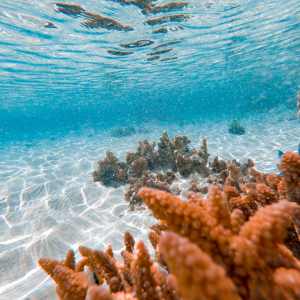
The coral reefs in the western Indian Ocean cover 11,060 square kilometres, and around 8,897 square kilometres are dedicated to mangroves. The nations of Mozambique and Madagascar are among the 15 countries that share the largest mangroves on the earth.
